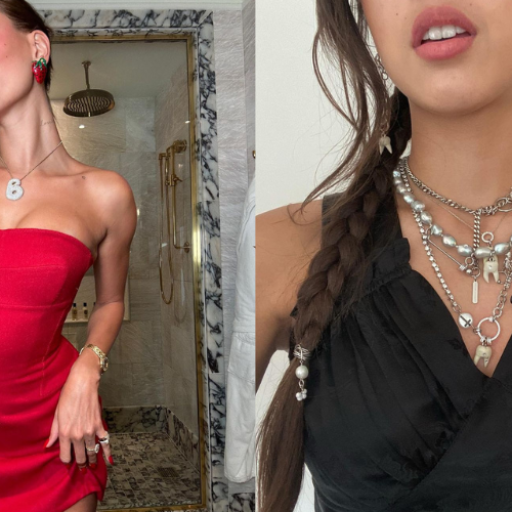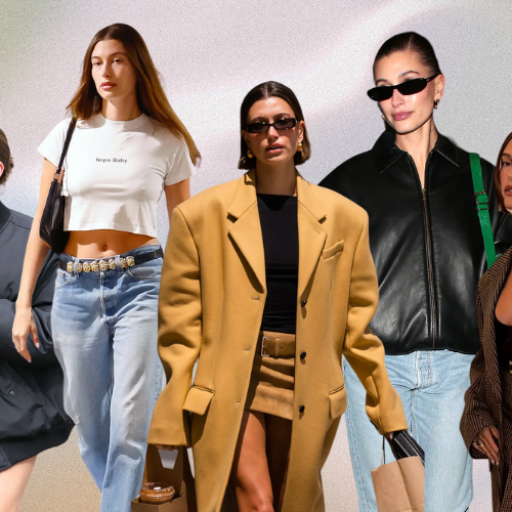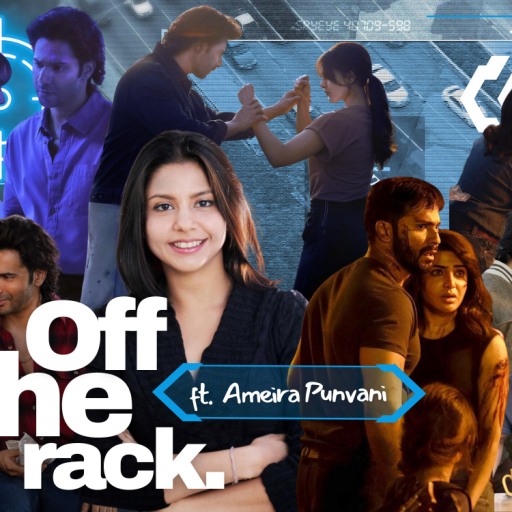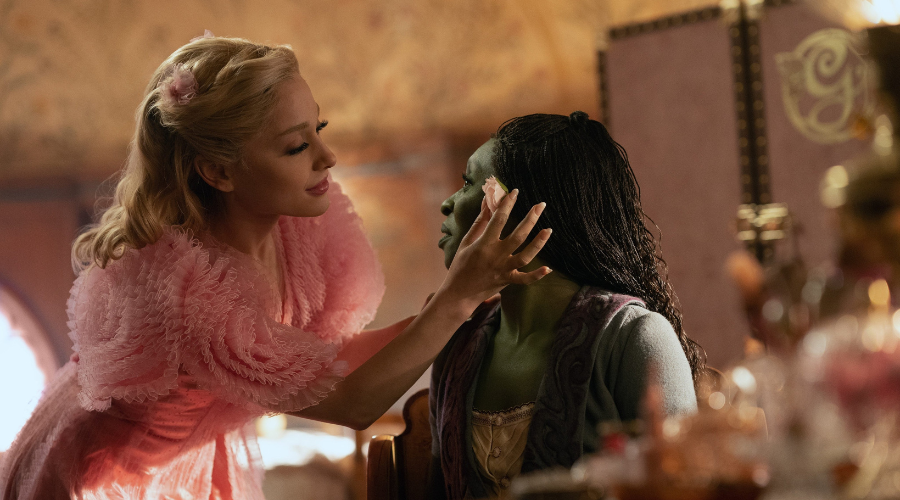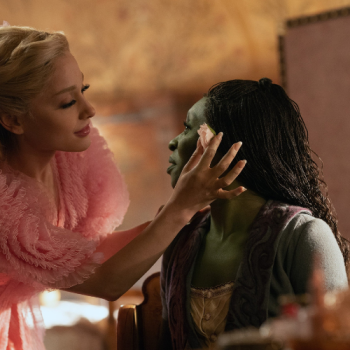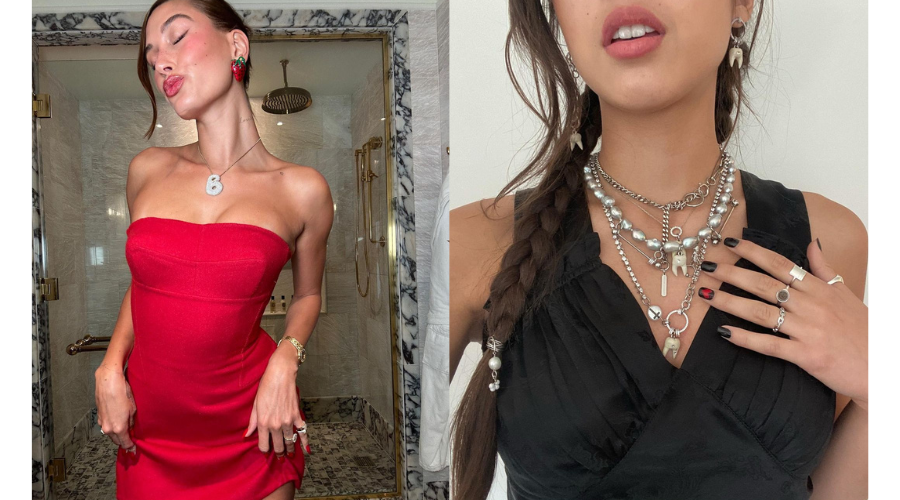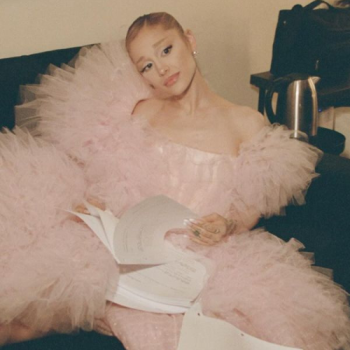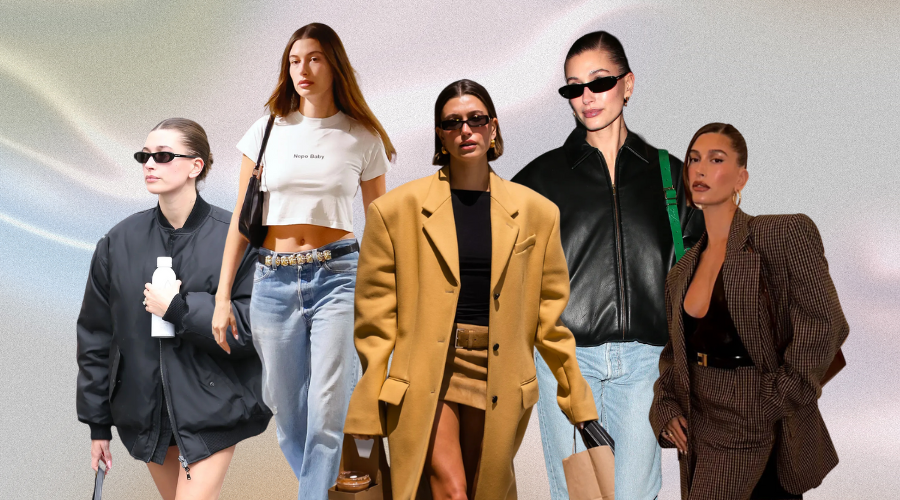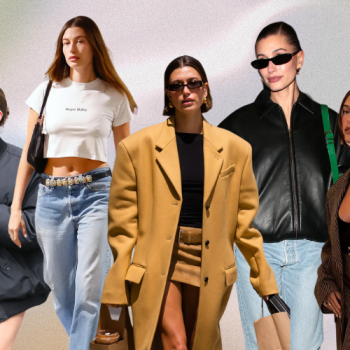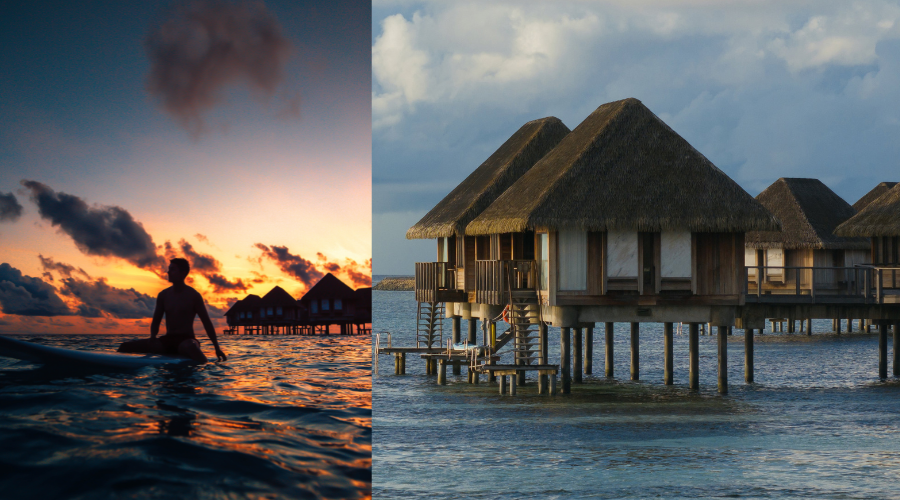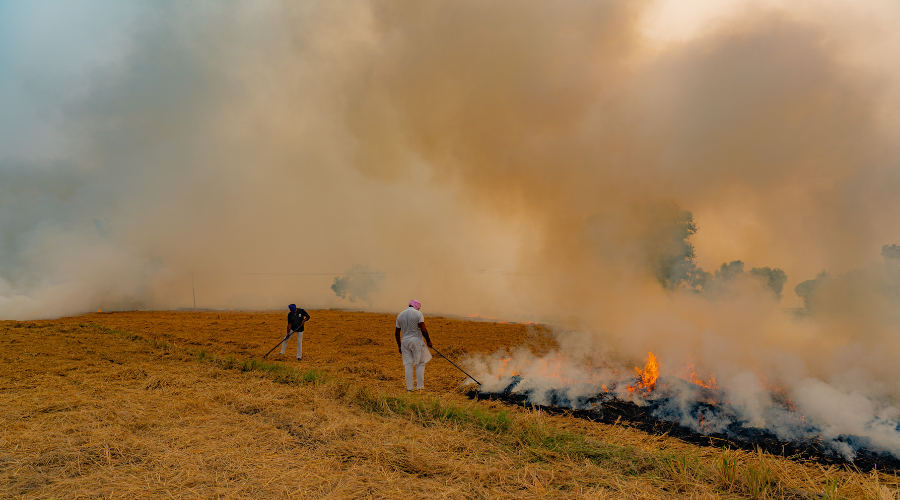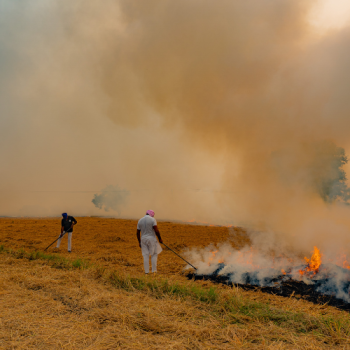Mishé not only practices sustainability but also breaks stereotypes by showing us that dreams don’t have an age. Back in 2018 when Bhumika Ahluwalia and her mother, Minakshi Ahluwalia decided to travel around India to work closely with artisans, Bhumika noticed her mother’s keen eye for design and fabric. That’s when the mother-daughter duo added a new tag to their relationship and turned into business partners—they began their careers together with Mishé at 25 and 50 respectively. Ever since, the label has been working on a slow and clean supply chain by practicing zero waste techniques and educating their clients about sustainability. In this interview, the founding duo chats with ELLE about everything that goes into making Mishé as conscious as it is.
 What inspired you to start your label?
What inspired you to start your label?
Bhumika Ahluwalia: While studying at Parsons school of design, New York, I was introduced to conscious clothing and started researching more about it after graduation. I worked with designers like Oscar de la Renta, Lola hats, Charles Youssef and threeASFOUR to name a few before returning to India. After I got back, I traveled across India with my mom to research and meet the artisans of India. I wanted to know more about the art and practices in making clothes and fabrics. That’s when I realised that my mom who has been my inspiration ever since I was a little girl is not only intrigued by the same things as me but also well versed with everything design. We started researching about the ethical practices that we follow today at Mishé. My mom is the reason I started Mishé. The entire journey of meeting artisans, visiting art exhibits with my mom inspired me to launch it with her as my partner. We started our careers at the same time, I was 25 and she was 50 when we started Mishé together.
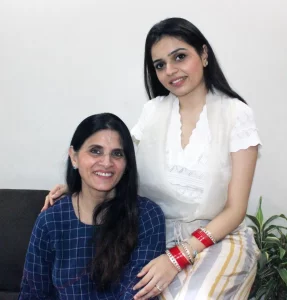
Bhumika and Minakshi Ahluwalia, Co-founders of Mishé
How do you create a collection? What is your process?
The duration of making our collection is usually a 4-6 months process. We get inspired by shapes, forms and architecture to make our collections. Our past experiences have inspired us to make our collections – Intoku and Shuwa. We go in-depth with our research for design and fabric. For our current collection Shuwa, we worked with fabrics such as orange peel fabric, banana fabric, recycled cotton and we also worked with a cluster of artisans to make a one of a kind handwoven cotton fabric. We use Japanese pattern making and zero waste pattern making techniques to make our collections. We juxtaposition patterns together to make our silhouettes. We also focus on minimal or zero wastage of fabrics while making our clothes.
 How do you think you can increase awareness about sustainability among consumers?
How do you think you can increase awareness about sustainability among consumers?
We believe that our outfits do the talking when it comes to increasing awareness among our consumers. We focus a lot on the fabrics we use for our clothes. A lot of our consumers ask us about the fabrics and so we give them an in-depth explanation about the process of making our clothes. We try to educate our clients through our social media as well. We show them our behind the scenes process from our atelier and introduce our team of karigars to them for them to know who made their clothes. We are a slow and transparent brand. By being vocal about the practices we follow, our clients become more aware of sustainability.
 What are your fundamental brand pillars?
What are your fundamental brand pillars?
Our story and the practices we follow to make our clothes are the fundamental brand pillars of our brand. We rightly define that dreams don’t have an age and you can achieve anything at any age. My mom was a homemaker before she became an entrepreneur and designer at Mishé. My sister Kritika Ahluwalia is the marketing head of our brand. We have always pledged to have a clean and transparent supply chain and minimize our waste. We make clothes for women of all age groups and sizes. We’re an inclusive brand and we make sure that women who wear our clothes are the happiest in mishé. Our garments are experimental yet wearable with roots of conscious decisions while making the clothes.
 Tell us a little about your new collection.
Tell us a little about your new collection.
Our collection ‘Shuwa’ means sign language in Japanese. We were inspired by the sign language used by the specially-challenged to communicate. I took a class for it while studying at Parsons. I was inspired by my professor to make this collection. The shapes formed by sign language inspired me to make the silhouettes by juxtaposing shapes that translated into one of a kind silhouettes. The fabrics used for the collection are orange peel, banana fabric, recycled cotton and handwoven cotton. A lot of small details have been inspired by the sign language, like the cord detailing in some of our garments are inspired by the lines in our palms and the movement made while using sign language. We have also used Japanese pattern making and zero waste techniques to make the outfits.
 What challenges did you face during your journey?
What challenges did you face during your journey?
We didn’t know anyone in the fashion industry and were unaware of how things work in India, as I had studied and worked in New York. Then again, running a brand is a challenge in itself. We still do a lot of work ourselves as we are a fairly new brand and we’re slowly expanding our team. We have our shares of ups and downs but that again is a part of the journey. Every experience has taught us a lot over time.


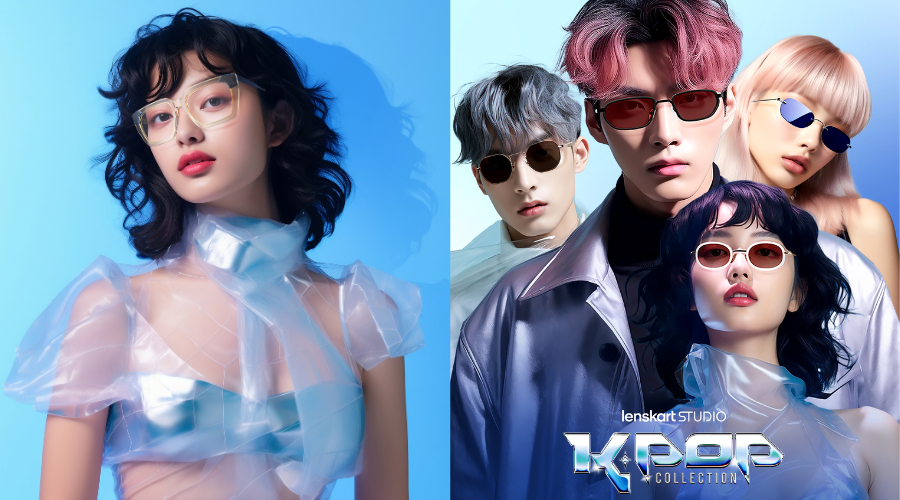

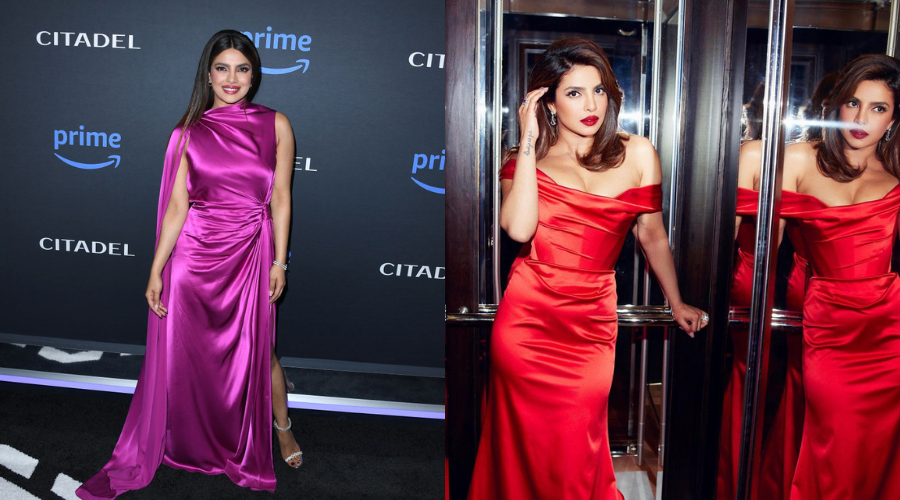
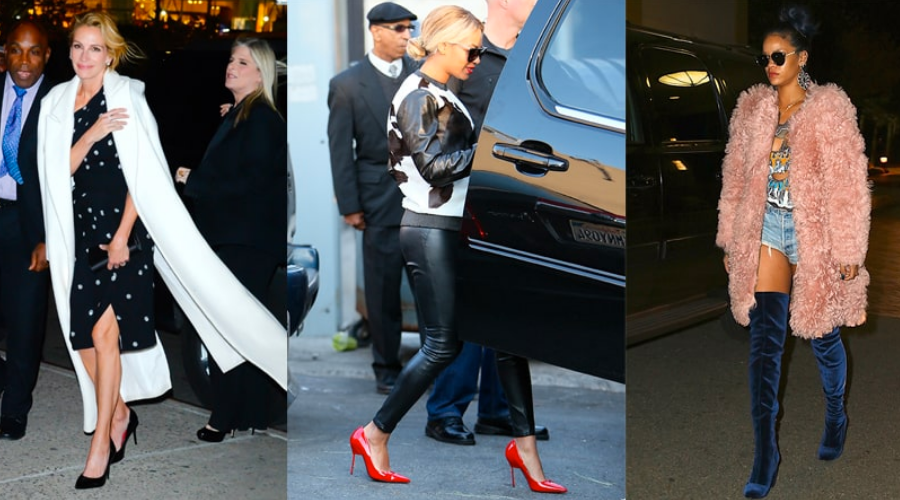
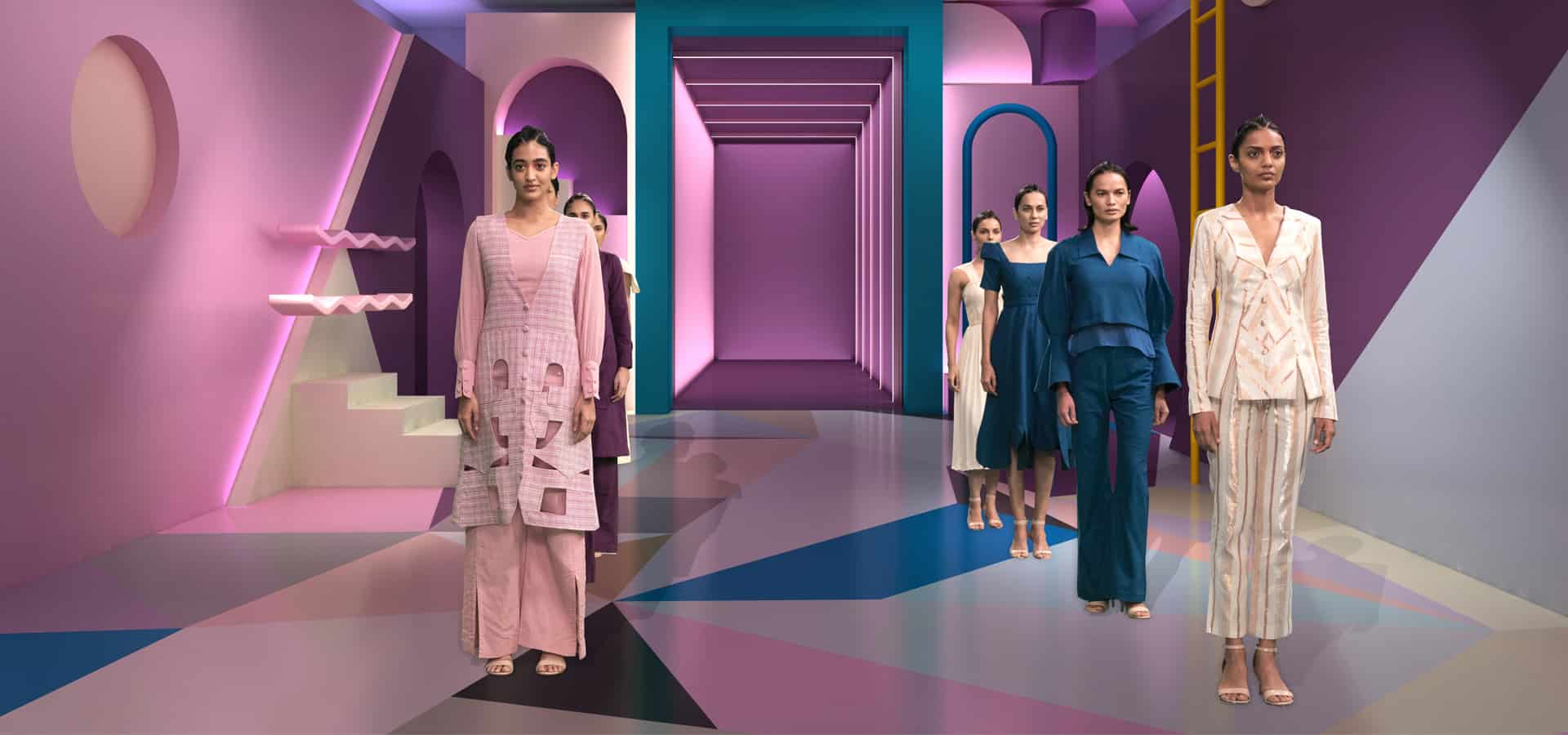
 How do you think you can increase awareness about sustainability among consumers?
How do you think you can increase awareness about sustainability among consumers? What are your fundamental brand pillars?
What are your fundamental brand pillars? Tell us a little about your new collection.
Tell us a little about your new collection. What challenges did you face during your journey?
What challenges did you face during your journey?